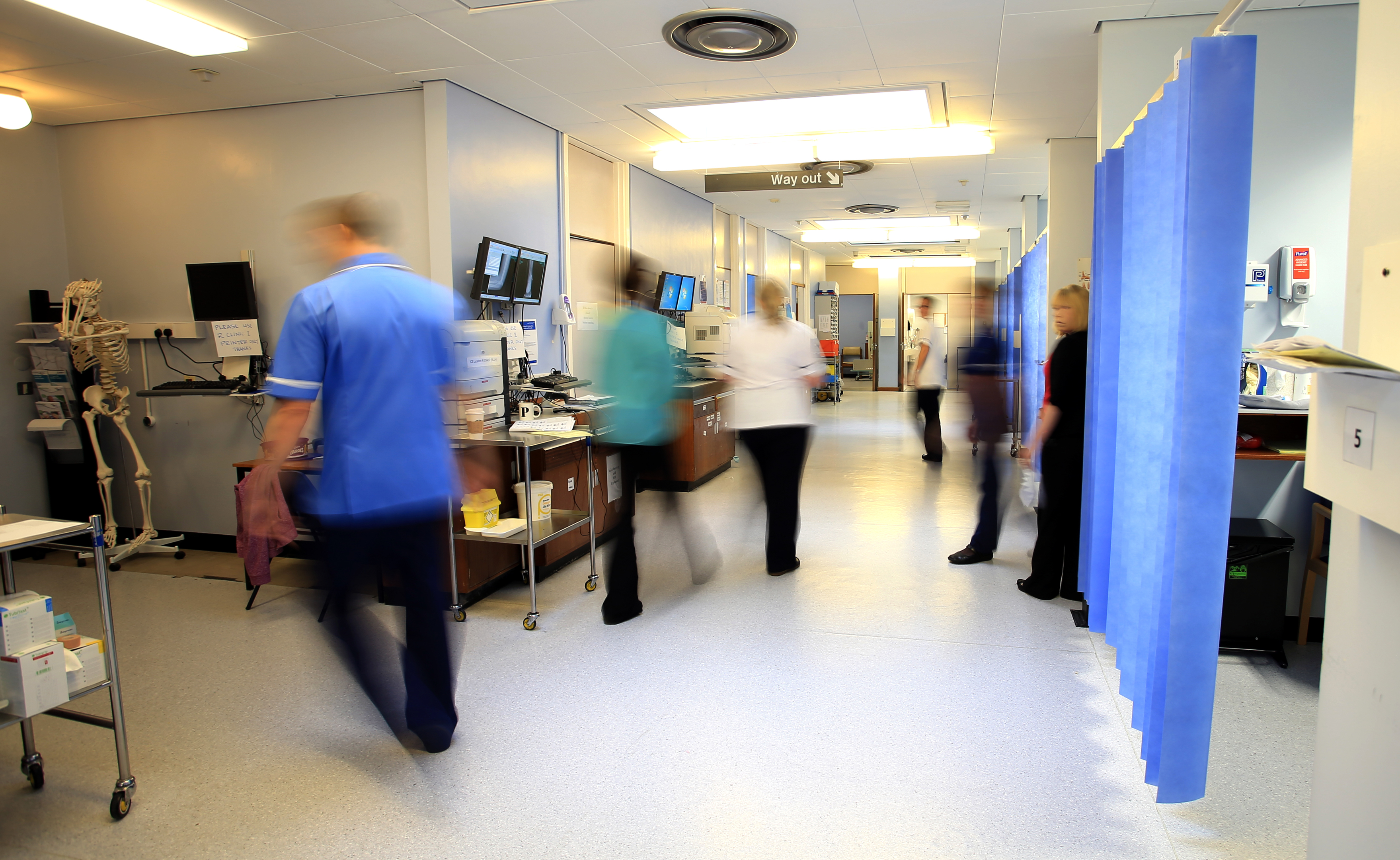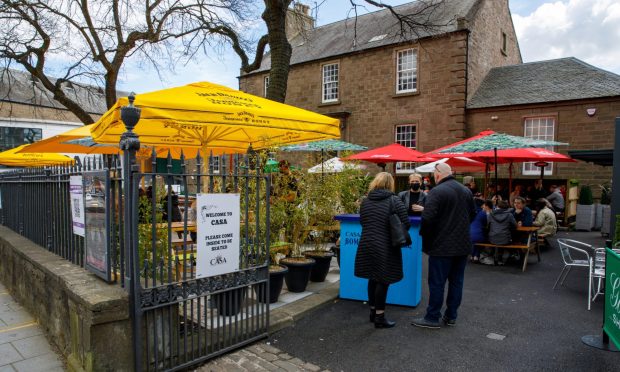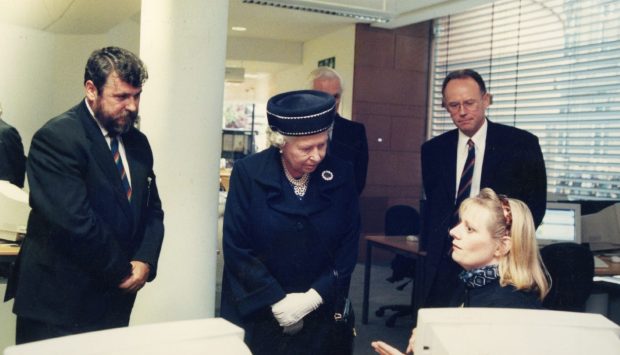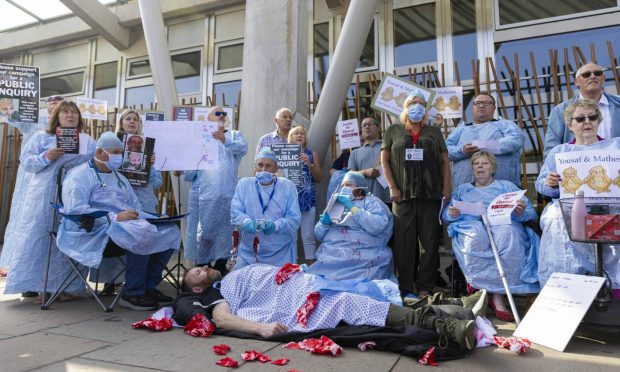Nearly £19 million has been paid out by NHS Tayside for claims of medical negligence over the past four years.
Claims have been made against the health board for a range of medical mistakes including operating on the wrong patient or body part.
The health board, which has repeatedly required bailouts from the Scottish Government received 159 claims for clinical negligence between 2015/16 and 2018/19.
So far, at least 37 of these have been settled with the total bill for compensation and associated legal costs coming in at £18.99 million.
Exact figures for the number of claims settled in 2018/19 are not available due the small number involved.
Claims have been lodged against the health board for a range of medical mistakes.
The data, released in response to a Freedom of Information inquiry, reveals the most common claims made against the health board but does not give a breakdown on the exact numbers for each type of incident.
They also do not reveal the amount paid in compensation for individual cases.
However, they show that more than five claims were made against the health board where there was a failure to recognise a complication in treatment and also where there had been a failure to diagnose an issue, or a delay in diagnosis.
There were also more than five claims made where patients claimed doctors failed to carry out routine investigations and more than five claims for infra-operative problems.
There were fewer than five claims of clinical negligence lodged for surgical items being left “in situ” and for incidents where there was a failure to obtain informed consent.
There were also claims made because an incorrect diagnosis had been made and where surgeons had operated “on the wrong patient/body part”.
Other claims were made for medication errors and from patients who fell from a bed or trolley.
NHS Tayside paid out the most in compensation in 2015/16, making 23 awards totalling £7.6 million.
In 2018/19 the health board paid out just over £5.2 million but settled fewer than five claims.
Conservative North East Scotland MSP Bill Bowman said the impact on patients is more alarming than the cost.
He said: “Each of these claims have someone suffering behind them.
“Judging by the amounts in these figures, some catastrophic instances of negligence have taken place – Conservative North East Scotland MSP Bill Bowman
“NHS Tayside has gone through some difficult financial times and isn’t out of the woods on that score, nor it seems in all clinical areas.
“The payouts are concerning but more important is the effect on human lives. The board need to get a grip of this situation before it gets any worse.”
A spokeswoman for NHS Tayside said the claims represent a fraction of the patients treated each year.
She said: “These claims represent a very small number of cases compared to the number of patients we see.
“Staff across NHS Tayside work extremely hard to provide a high standard of care for all patients – NHS spokeswoman
“However, we take every concern raised by patients very seriously. Each case is investigated thoroughly and in a small number of cases where appropriate, a compensation payment is made.
“There is no direct relationship between the number of claims and the value of payments, and a small number of high value claims in any given year will increase costs compared with the previous year.
“The figures reported will contain a wide range of settlements and it would be wrong to draw any conclusions from the movement in numbers of cases or values between 2017/18 and 2018/19.”










